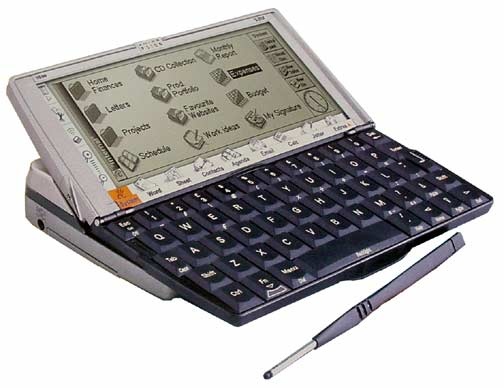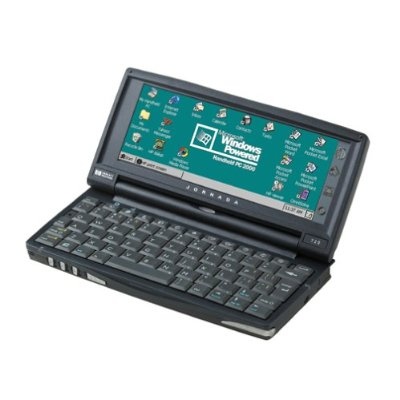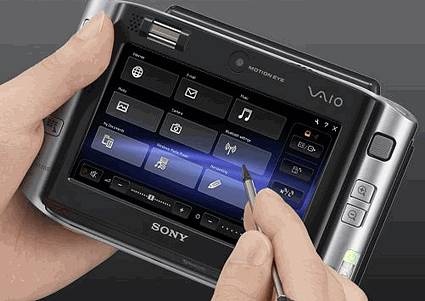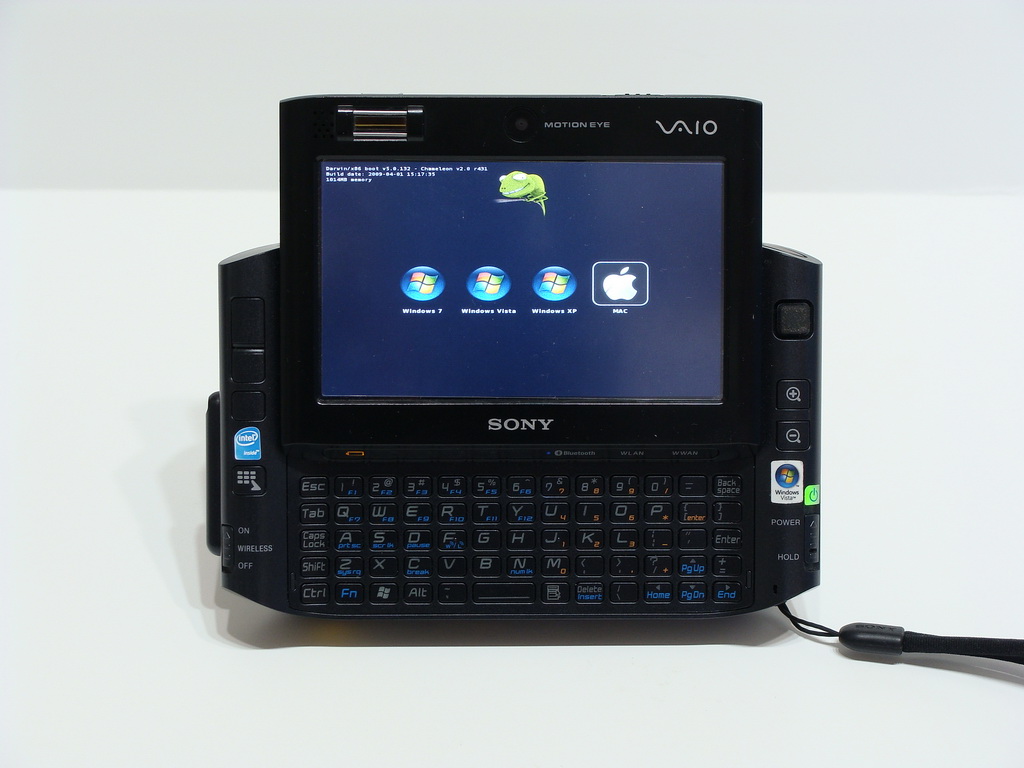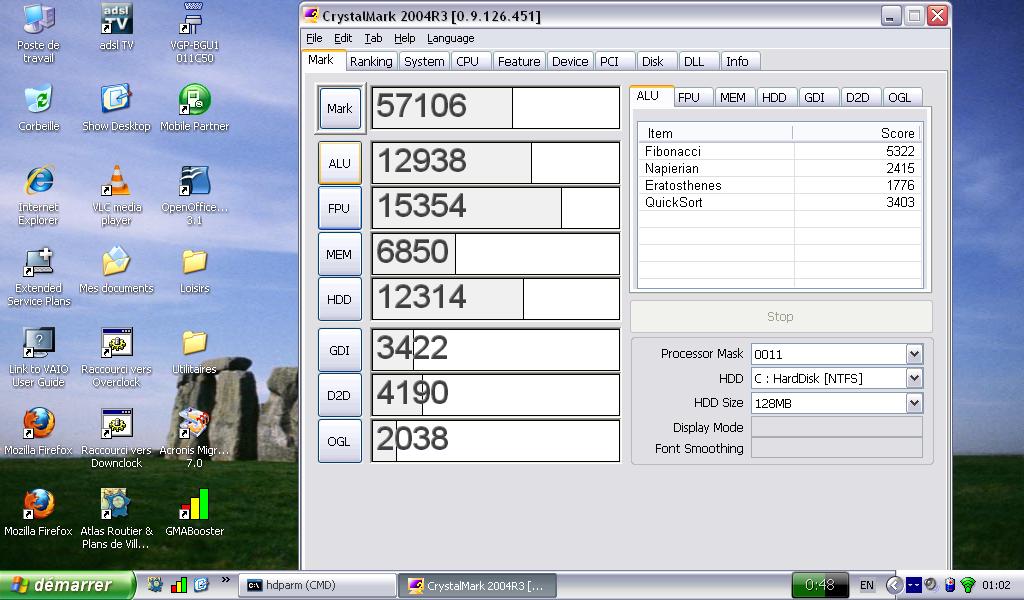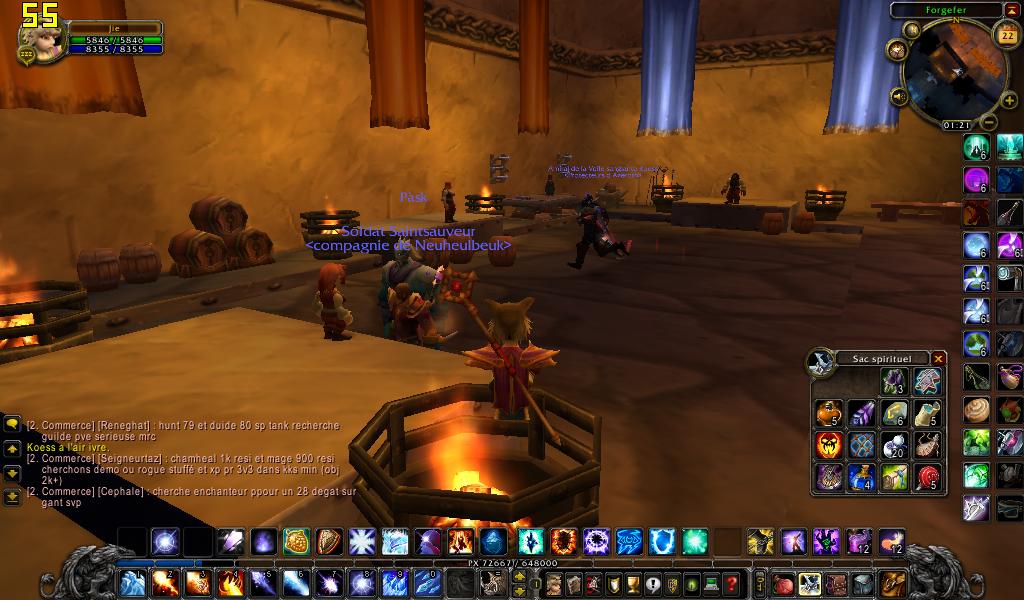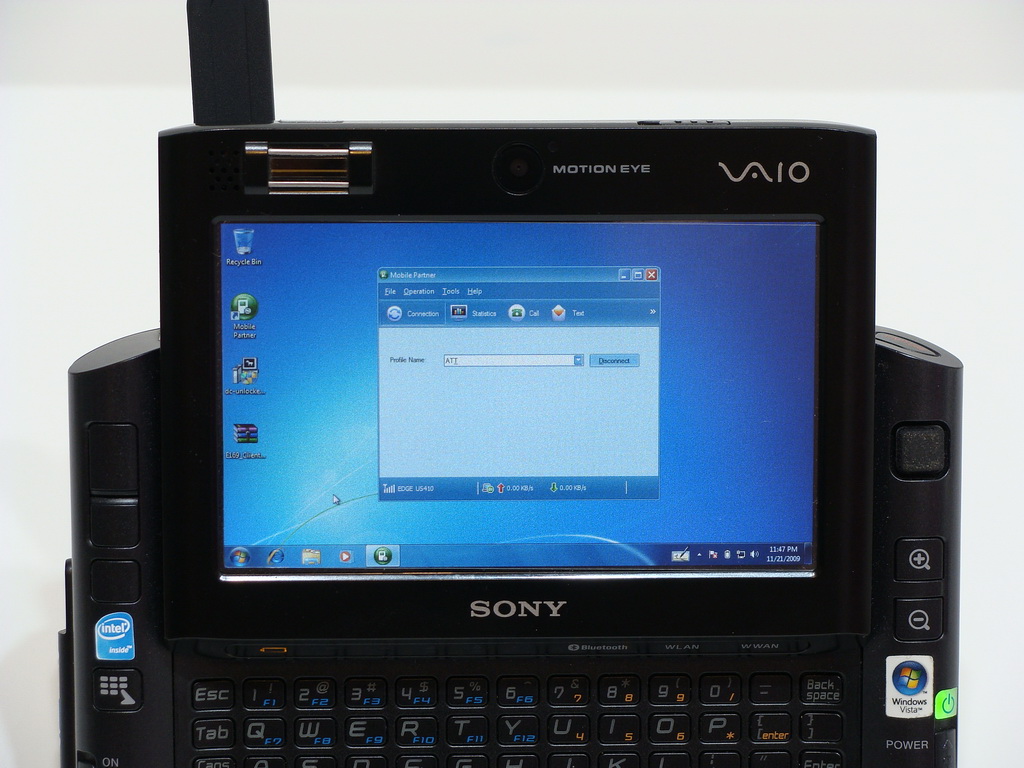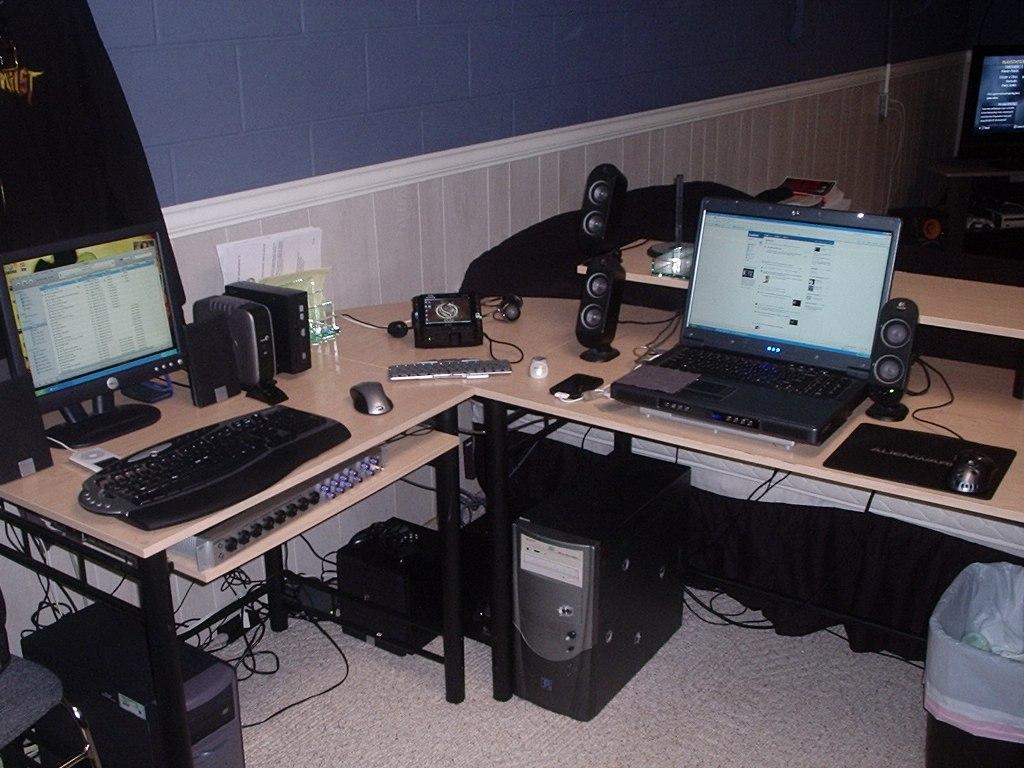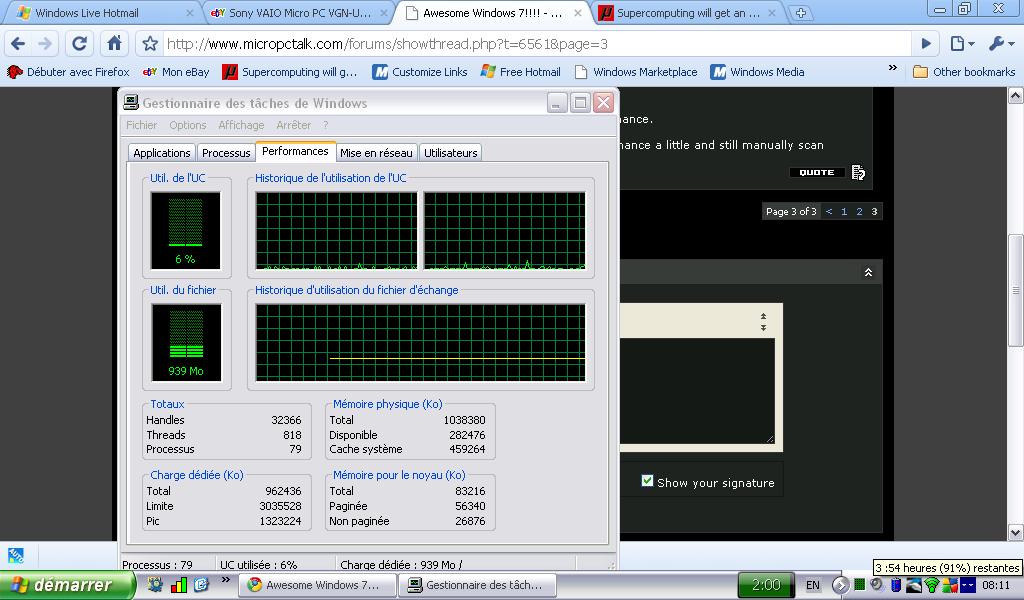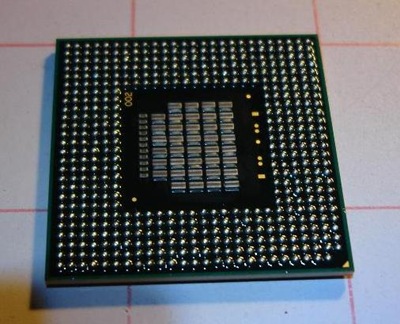In Pictures: Meet The World's Fastest Netbook
Psion 5MX
Many computer enthusiasts have, for a long time, had the dream of keeping desktop-class performance close at hand, wherever they are, whenever they need or want it. That dream began to take shape over the years in the form of small computers that could at least handle most office functions. Meanwhile, we all waited for the day when more would be possible...
The first attempts, limited by the technology available at the time, are best represented by a device like the Psion 5MX.
Jornada HP720
The next stage was represented by devices with features that were similar to those of a desktop computer, but with a dedicated operating system resident in ROM and incapable of being updated. The Jornada 680/720/728 series is the benchmark for that generation, running Windows CE, the predecessor to Windows Mobile. These devices had a laughable amount of RAM, but they sported serial ports, CompactFlash, PCMCIA (supporting hard disk cards of up to 5GB), infrared, and an internal modem.
Sony UX17
Finally, for the devotees of true mobility, Sony created a true computer in a 500-gram (17.6 oz.) package that included a Core Solo, 1GB of RAM, an Edge modem, two cameras (0.3 and 1.3 MPixel), a keyboard, a touchscreen, a fingerprint reader, and the indispensable Bluetooth, Wi-Fi, and USB connections. It ran Windows XP or Vista and was the greatly improved successor to the previous-generation devices both in terms of functionality and form factor. Note that the US versions had a WWAN connection using the EDGE standard. They were called UX, starting with the UX17 and ending with the UX490 (released in November 2007), with the 180, 280, 380 and 390 models (in the US) emerging along the way.
Our Baby
Sony dropped the UX platform over a year ago and turned to the Atom (much less powerful, but much more trendy), and the result was the Vaio P, which has no touchscreen.
Infuriated, members of the Micro PC Talk forum decided to continue developing the concept, giving it new functions and technologies, in an attempt to wound Sony’s pride (and also Apple’s) by showing them what could be done, even if they didn’t care to do it.
And that was how the 490 "Anh's Design," also called the MPCT UX590 by some, was born. It’s the world’s most powerful netbook, and/or the world’s smallest notebook.
Get Tom's Hardware's best news and in-depth reviews, straight to your inbox.
Performance
This computer is capable of achieving a score of 57K in CrystalMark, booting Windows 7 in 15 seconds, running Aero with no problem.
Video
It's able to decode 1080p video without a problem, too.
Games
Believe it or not, this diminutive machine also runs games very well, thank you, provided you avoid the most power-hungry ones (another GPU just wouldn’t fit).
Web
Here we are surfing the Web at 7.2 Mb/s with its built-in 3.5G modem, and making and receiving phone calls over GSM.
Size
...all while remaining the world’s smallest “real” computer (can you find it in this picture?).
Weight
It’s is also the only netbook with a Core 2 Duo processor weighing a mere 524 grams (18.5 ounces).
CPU
Here’s the way it all came about: a French forum member (Darkerx) collected the most successful mods made by other members of the forum and assembled the various components from around the world. An American student (Anh Nguyen) managed to build the most significant improvements into one device, one of the last new UX490s available, unearthed in Australia for the occasion.
The little computer’s 524g weight includes a Core 2 Duo U7700 (purchased in Hong Kong) that had to be soldered to the motherboard after unsoldering the U2200 (don’t try this at home).
Tom's Hardware is the leading destination for hardcore computer enthusiasts. We cover everything from processors to 3D printers, single-board computers, SSDs and high-end gaming rigs, empowering readers to make the most of the tech they love, keep up on the latest developments and buy the right gear. Our staff has more than 100 years of combined experience covering news, solving tech problems and reviewing components and systems.
-
archange ReplyThe design of the Sony motherboard seems to be out of compliance with standards.
OMG - what a shock :O
Leaving sarcasm aside, this is a tremendous achievement. Hats off dear Sirs. I always knew that the mainstream manufacturers have gotten complacent...
Just one small question: what's the battery life? -
technuttso This is an outstanding creation made by amateurs, even if this amateurs have a high tech training and competence. Thumbs up! This it may be one next step for mobile computing. The hardware industry do now only what the market study allows, times of commercial experiments and niche products are a bit gone. On the mini- micro computers market today the netbook Intel-atom powered is the king. For many reasons, and one of them is the trend. Mobile computing today have a very powerful "trendy" side. The netbook consumer have the necessity to surf on internet in a very portable way, with all the consequences that this concept applies . No raw power is required if u open IE or Firefox only, with 2-3 tabs at maximum.For now it may be enough for some, but for the future is not good enough. These guys just made a push for the future.Thumbs up! Again.Reply -
I'm sill using my Psion 5 (no kidding) but I'd consider switching to one of those machines ;).Reply
-
Not a netbook UMPC remember, netbook is a designation which means = crappy platform (low performance but long battery so you can work inefficiently and be frustrated for longer)Reply
-
arkadi The idea of building something like that is welcome. That was a pricey project, with more than few risks involved. I guess that battery resolutes was not included in the article on porpoise, well it not a shocker, with a power house like that i don't think it will hold 4 long. But i don't think that battery was the main concern for the builder of this cool toy.Reply
BTW....Is it 4 sale? :) -
skora Top notch guys. That is a Mark Maguire smart phone there!!!!Reply
I think they should get gold badges in the homebuilt forum section. Any chance of raffling this off like the SBM rigs?
-
memeroot Nice - I have a 390 (I think the faster chip and ssd) and it is a bit slow - this would have been perfect. btw still love the form factorReply
-
cybrcatter Gave this a little SU recognition.Reply
Excellent read, and what an impressive feat.
(You guys might want to proof read it again, though ;))
